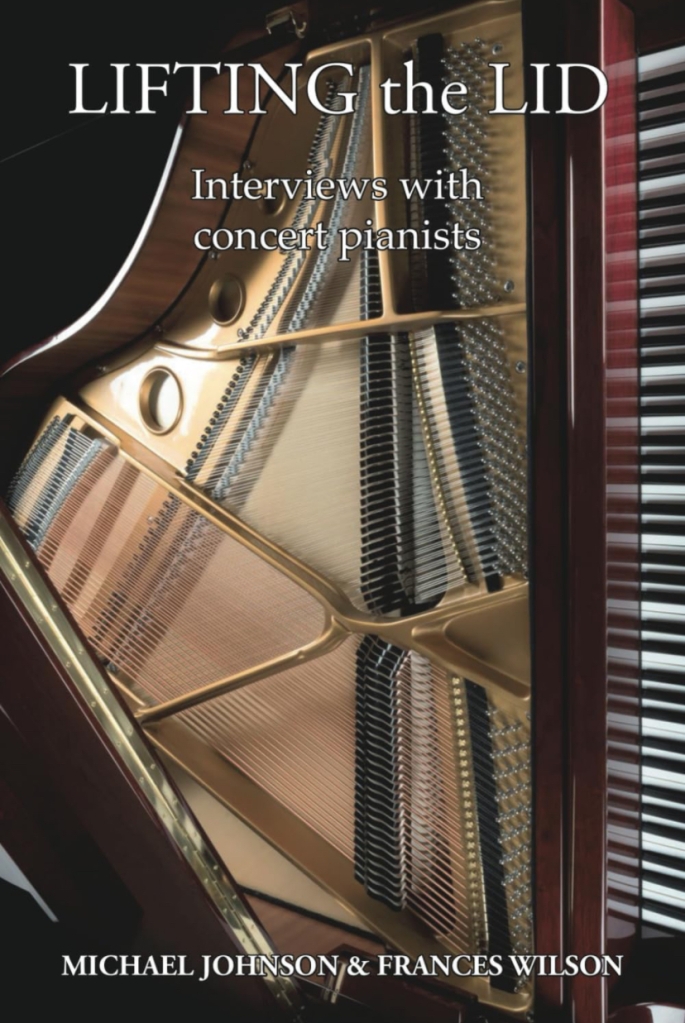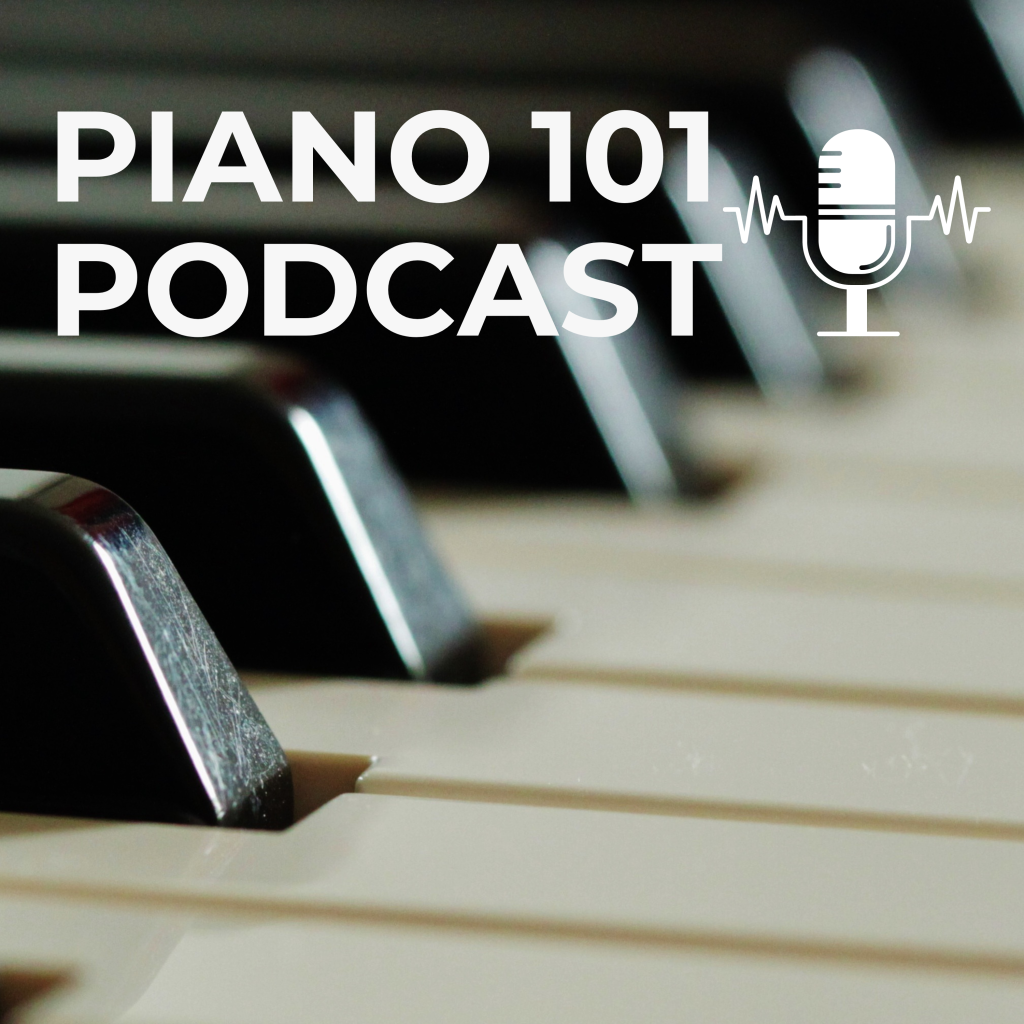Guest post from Nancy M Williams
Schumann’s #30 (* * * (untitled), in F major) from Album for the Young has a way of casting a spell of contemplation over its listeners. Whenever I perform this music, I meditate on how I reclaimed my passion for classical piano music. As your guest columnist, I want to share with you my secrets on how to study and play the #30 with best effect.
In April, I performed the #30 as part of “Claiming Your Passion”, a keynote workshop I gave at a Toronto conference. I hesitated before including this relatively unknown piece in my program. How would it fare in a lineup with recognizable works by Chopin and Schubert? I placed the #30 towards the end of my workshop, when participants would reflect on a plan for claiming their passions.
At the workshop, as soon as I rippled the #30’s opening chord arpeggiato, the music’s calming harmonies drew me in. I contemplated the 25 long years, from the summer of my 16th birthday until my early 40s, when the piano had lain fallow in my life. I thought about the bliss that I had experienced once I reclaimed the piano, bliss that had radiated outwards, turbocharging my career as a speaker and writer and strengthening my family life. Now at the workshop, I played the #30’s ending, two Ds ringing out, connected by a chromatic inner voice, followed by a simple, plainspoken resolution to F major. Afterwards, I felt gratified when several participants told me that their favorite piece of music was the #30.
The #30 is one of the pieces at the back of Album for the Young that offers concert repertoire that is nonetheless accessible for the advanced student of adult piano lessons. In order to appreciate this music, we should start with its composer. Robert Schumann loved writing almost as much as composing. In the mid-1830s, he launched, as chief editor, the Neue Zeitschrift für Musik (New Journal for Music). For his journal, he often wrote under the pen names of two distinct personalities, Florestan and Eusebius. While Florestan was impulsive and exuberant, Eusebius was thoughtful and contemplative.
These two aspects of Schumann’s personality also suffused his music. The #30 “is contemplative and expresses the Eusebius side of Schumann’s personality,” says Mark Pakman, adjunct professor at the Cali School of Music and my piano teacher. Once I learned the notes, I agreed with his assessment. This four-minute piece doesn’t have a dramatic arc with crashing chords or chattering scales; the sound ascends to forte on only two brief occasions.
The biggest challenge in studying the #30 is to create its contemplative mood via meaningful phrasing. The phrases in this decidedly Romantic music have less resolution than music from the preceding Classical era. Take, for example, the #30’s opening motif, a C lingering with longing, two As gaining urgency, and then the motif sliding with resignation into a G. This G clearly marks the end of the motif, yet it feels somewhat unresolved, as though the impulsive Florestan had snuck into the music and sliced off the motif. I found that playing only the top melodic notes of the chords helped me to absorb the melody and its phrasing. Away from the piano, I tested myself, making sure I could sing the melody in tune and out loud.
Further complicating the phrasing is the fact that the #30 has a surprising amount of repetition. The opening motif I described above appears four times in the music’s first period, a section that is then repeated, at Schumann’s suggestion, in pianissimo. Moreover, the entire second half of the music is essentially a repeat of the first. When my piano teacher first showed me the music, I silently registered the repetition with some glee: I could learn the notes quickly. Yet once I absorbed the notes I faced the challenge of preventing the music from sliding into a pool of monotony.
One technique for creating variety in the #30 is to use tempo rubato. Take, for example the opening motif, the lingering C, followed by two As, and finished with G. My piano teacher and I decided that the first time I played this motif, I would slightly delay the dotted C note, in contrast to playing the motif strictly in time in its next appearance.
I also used shades of different mood states within my own mind to create a slightly different color with the repeat of the opening section. This music reminds me of my own 25-year-long wandering back to the piano. The first time I played the opening section, I thought about the longing I had for piano music during that time in my life when I was not playing. The second time through, I reflected on how, now that I have reclaimed my passion for the piano, I actively seek to dedicate myself to music.
I’ll share with you a few more tips that I assimilated learning this music:
- Schumann begins the music with a chord arpeggiato, and uses them frequently throughout the #30. Don’t do as I did, and create a bad habit that is later difficult to undo, by playing all three notes of these chord arpeggiatos with equal emphasis. The top note is the melodic one. If you play the first two notes with a delicate touch and allow the top note of each arpeggiated chord to ring out, the music will shimmer.
- In the #30’s second section (measures 9 to 16, repeated in 25 to 32), half-note, trombone-like octaves ring out, while an inner voice picks its way up and down the keyboard, as though stepping through wildflowers. In order to achieve a contrasting effect, practice the octaves and the inner voice separately.
- If you’re like me, and you sometimes forget to pedal, especially when you are concentrating on tricky chord changes, then pay special attention to measures 22 and 23 (repeated in 38 and 39). Here a crowd of tied notes, 16th notes, and inner voices create a general confusion, but stay calm and make sure you pedal after each eighth note.
Schumann’s #30 from Album for the Young has become a staple of my repertoire. I hope you will obtain as much enjoyment as I did studying this music. For me, the contemplative #30 packages feelings of longing and seeking with a wrapping paper softly glowing when turned towards the light.
Watch Nancy play Schumann’s #30 from Album for the Young
http://www.grandpianopassion.com/2014/01/05/schumann-album-for-the-young-30/
Nancy M. Williams is a motivational speaker on “Claiming Your Passion” and an award-winning creative nonfiction writer. She is also the Founding Editor of the online magazine Grand Piano Passion™. An amateur concert pianist, she debuted in 2012 at Carnegie Hall in a master class recital.
“Claiming Your Passion”





